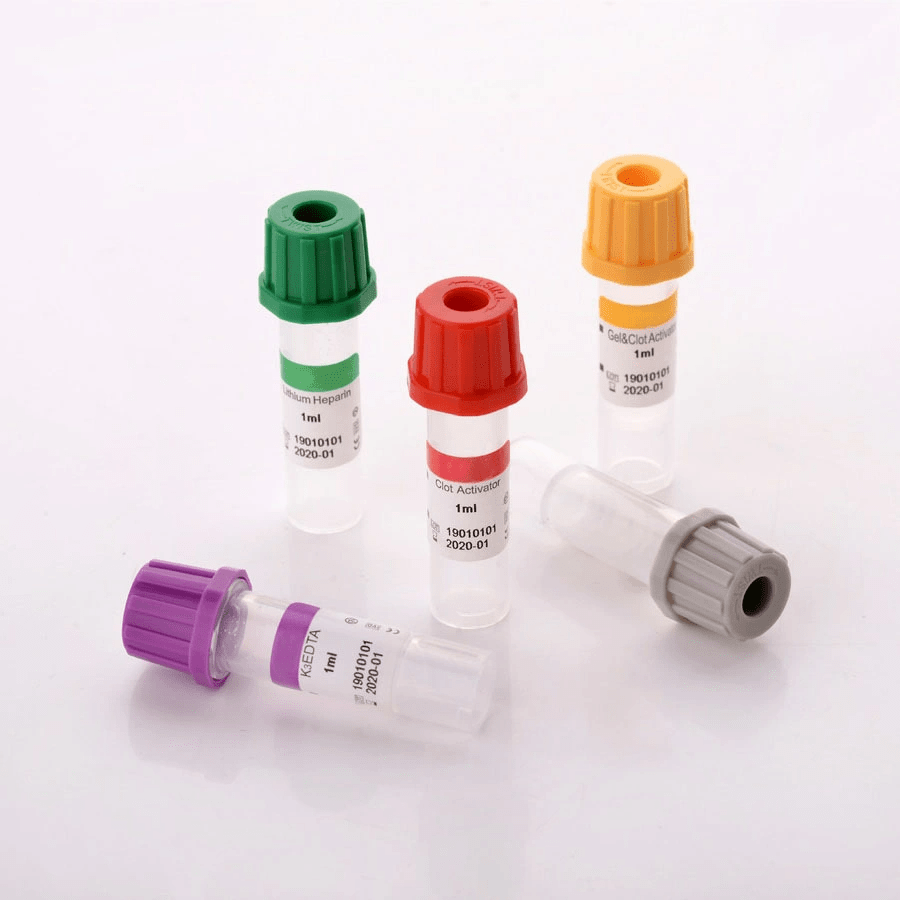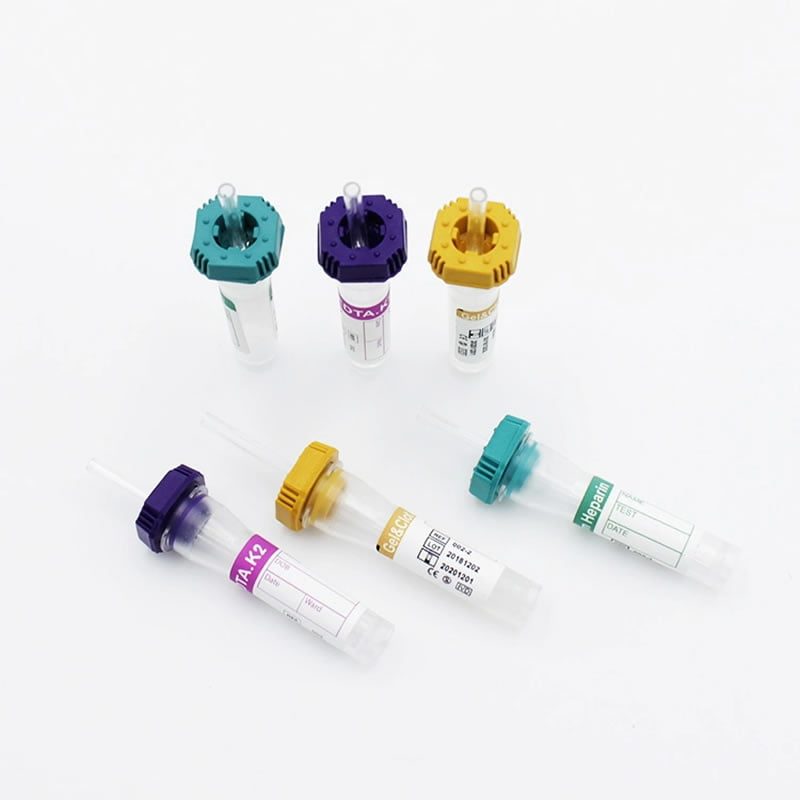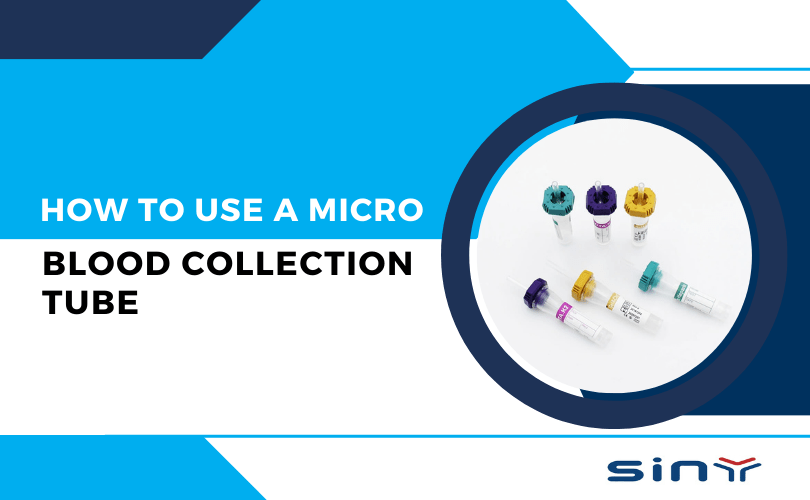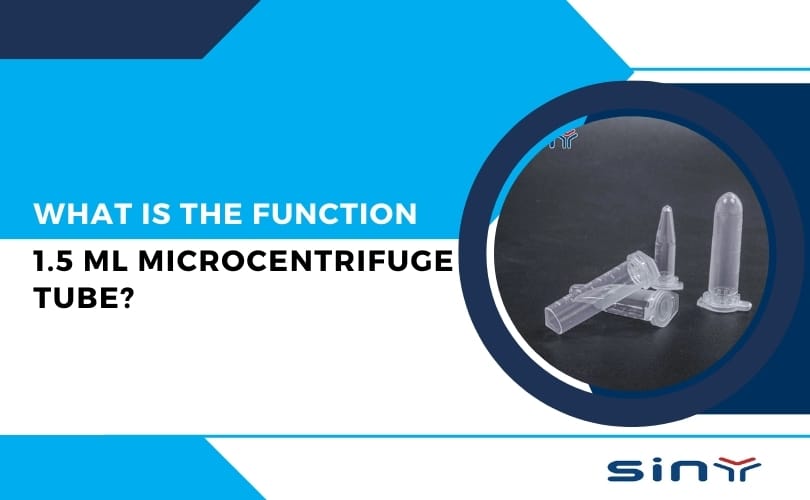Micro blood collection tubes are a revolutionary tool in this process. They are particularly useful for situations requiring minimal blood volume, such as in pediatric or geriatric patients or for point-of-care testing. Understanding how to use these tubes correctly ensures accurate results and improves patient comfort.
Table of Contents
- 1 What is a micro-blood collection tube?
- 2 To collect blood using capillary Blood Collection Tubes, follow the steps below
- 3 Benefits of Using Micro Blood Collection Tubes
- 4 Final Thoughts
- 5 FAQs
- 6 How much blood is typically collected using a micro blood collection tube?
- 7 How do I know if I’ve collected enough blood?
- 8 Can micro-blood collection tubes be used for all types of blood tests?
- 9 What should I do if the blood flow stops before the tube is full?
What is a micro-blood collection tube?
Micro blood collection tubes are small devices designed to collect tiny amounts of blood, typically ranging from 100 to 500 microliters. Healthcare providers use these tubes when they need only a minimal sample, making them ideal for patients with difficult venous access or those requiring frequent blood tests.

To collect blood using capillary Blood Collection Tubes, follow the steps below

1. Prepare the necessary materials: capillary blood collection tubes, Blood Lancet or blood collection needles, alcohol swabs, gauze or cotton balls, and bandages.
2. Prepare the collection site: Select a clean and dry area on the fingertip, usually the side of the fingertip. Clean the affected area with an alcohol swab and let it dry naturally.
3. Prepare the capillary Blood Collection Tube: Remove the cap from the tube to maintain sterility inside the cap.
4. Prepare the blood needle or lancet: If using a lancet, remove the protective cap and attach it to a Syringe or lancing set.
5. Puncture: Hold a puncture needle or Blood Collection Needle perpendicular to the fingertip and quickly puncture the skin. Gently press with fingertips to promote blood flow.
6. Blood collection: Hold the capillary blood collection tube close to the puncture site and touch the blood drop. The test tube is filled by micro capillary tube action. Avoid excessive pressing or squeezing of the fingertip, as this will dilute the blood sample with interstitial fluid.
7. Cap the tube: Once you fill the tube with the desired blood volume, carefully put the cap back on the tube, ensuring you securely close it. 8 Pressing and bandaging: Use gauze or cotton balls to press the puncture to stop bleeding gently. Secure with bandages or adhesive strips if necessary.
9. Dispose of materials: Properly dispose of lancets and any used materials in sharps containers or designated biohazard containers.
10. CAUTION: Follow proper safety protocols and blood collection guidelines to prevent contamination or injury.
Benefits of Using Micro Blood Collection Tubes
Minimal Blood Volume Required
One of the primary benefits is the minimal amount of blood needed. This is especially advantageous for patients who cannot spare much blood, such as infants, elderly individuals, or those with certain medical conditions.
Reduced Patient Discomfort
Using a micro-blood collection tube typically involves a less invasive procedure than traditional venipuncture. This results in less discomfort and stress for the patient, making the process smoother and more efficient.
Enhanced Sample Quality
Smaller sample sizes reduce the risk of hemolysis (destruction of red blood cells), which can compromise the quality of the blood sample. This ensures more accurate test results and reliable data for medical analysis.
Final Thoughts
Collecting blood using a micro blood collection tube is a straightforward yet crucial procedure in modern healthcare. By understanding the correct techniques and following best practices, healthcare providers can ensure accurate results while minimizing patient discomfort. Micro blood collection tubes offer numerous benefits, from requiring minimal blood volume to improving sample quality, making them an essential tool in various medical settings.
FAQs
How much blood is typically collected using a micro blood collection tube?
Micro blood collection tubes generally collect between 100 to 500 microliters of blood. The exact amount depends on the specific requirements of the test.
How do I know if I’ve collected enough blood?
Most micro-blood collection tubes have markings indicating the required fill level. Ensure you fill the tube to this level to guarantee an adequate sample for testing.
Can micro-blood collection tubes be used for all types of blood tests?
Micro blood collection tubes are suitable for many types of blood tests, especially those that require small sample volumes. However, some tests may require larger volumes of blood, for which traditional collection methods are more appropriate.
What should I do if the blood flow stops before the tube is full?
If blood flow stops prematurely, try massaging the area around the puncture site to encourage more blood flow. If this doesn’t work, you may need to perform another puncture at a different site.



























































